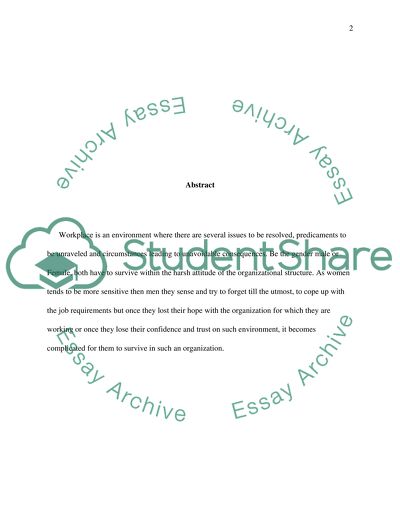Cite this document
(Key Issues Facing Gender in the Workplace Research Paper, n.d.)
Key Issues Facing Gender in the Workplace Research Paper. Retrieved from https://studentshare.org/gender-sexual-studies/1513036-issues-facing-gender-in-the-workplace
Key Issues Facing Gender in the Workplace Research Paper. Retrieved from https://studentshare.org/gender-sexual-studies/1513036-issues-facing-gender-in-the-workplace
(Key Issues Facing Gender in the Workplace Research Paper)
Key Issues Facing Gender in the Workplace Research Paper. https://studentshare.org/gender-sexual-studies/1513036-issues-facing-gender-in-the-workplace.
Key Issues Facing Gender in the Workplace Research Paper. https://studentshare.org/gender-sexual-studies/1513036-issues-facing-gender-in-the-workplace.
“Key Issues Facing Gender in the Workplace Research Paper”, n.d. https://studentshare.org/gender-sexual-studies/1513036-issues-facing-gender-in-the-workplace.


